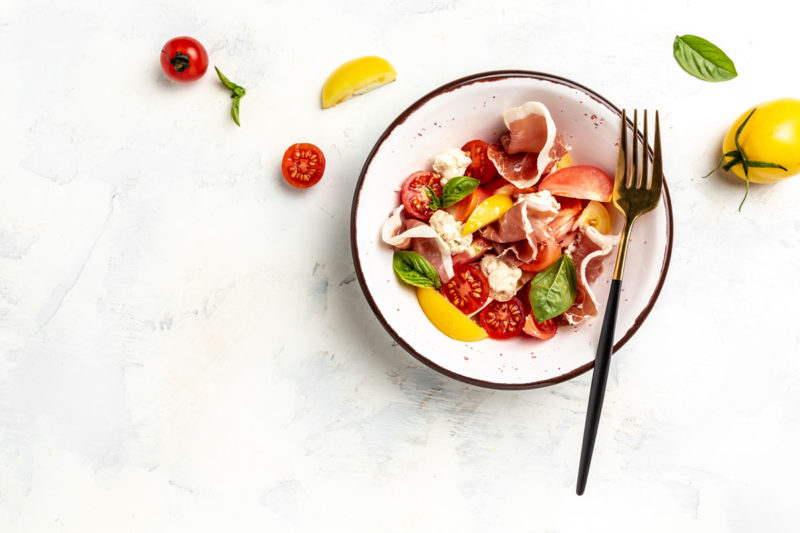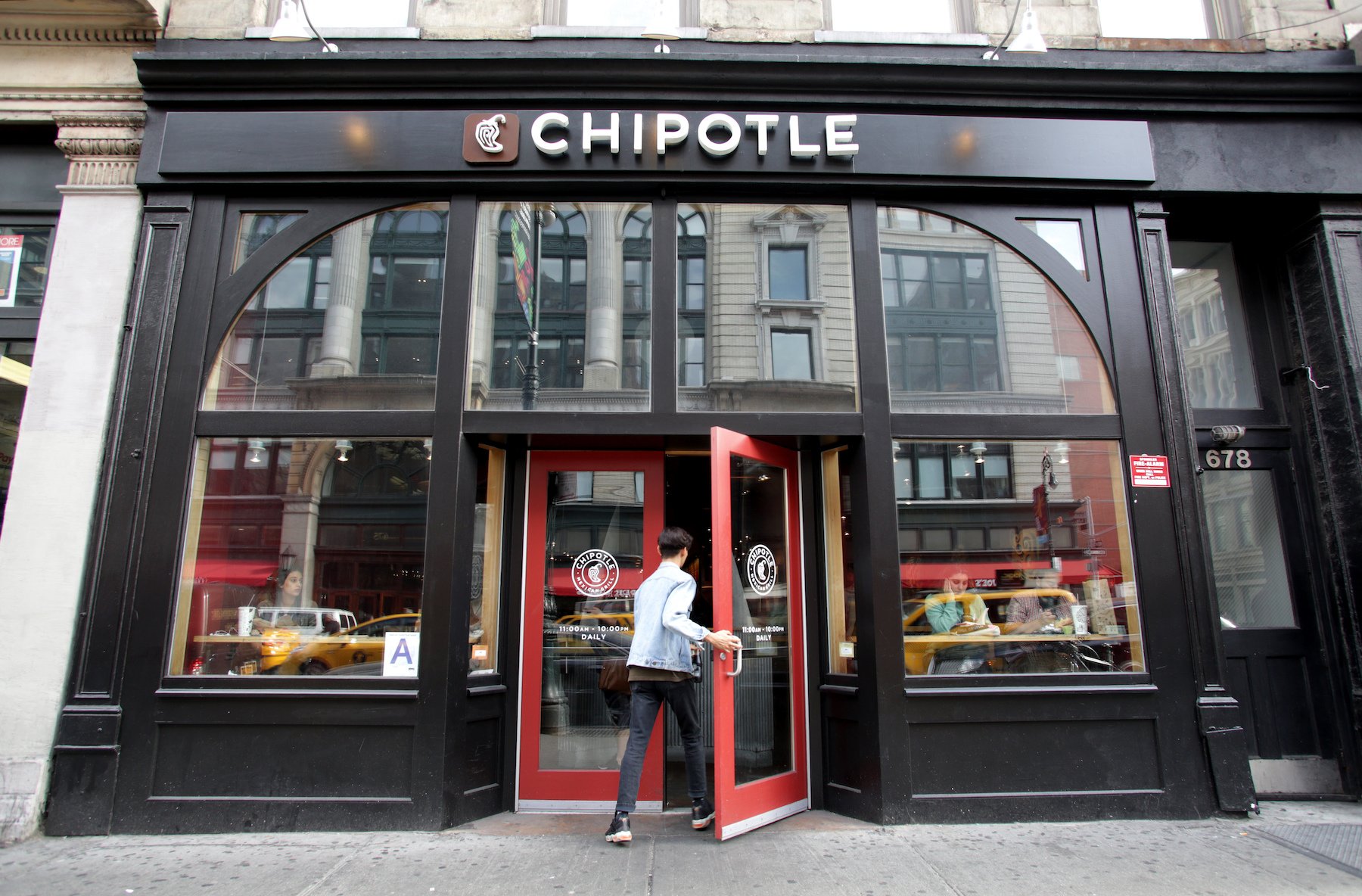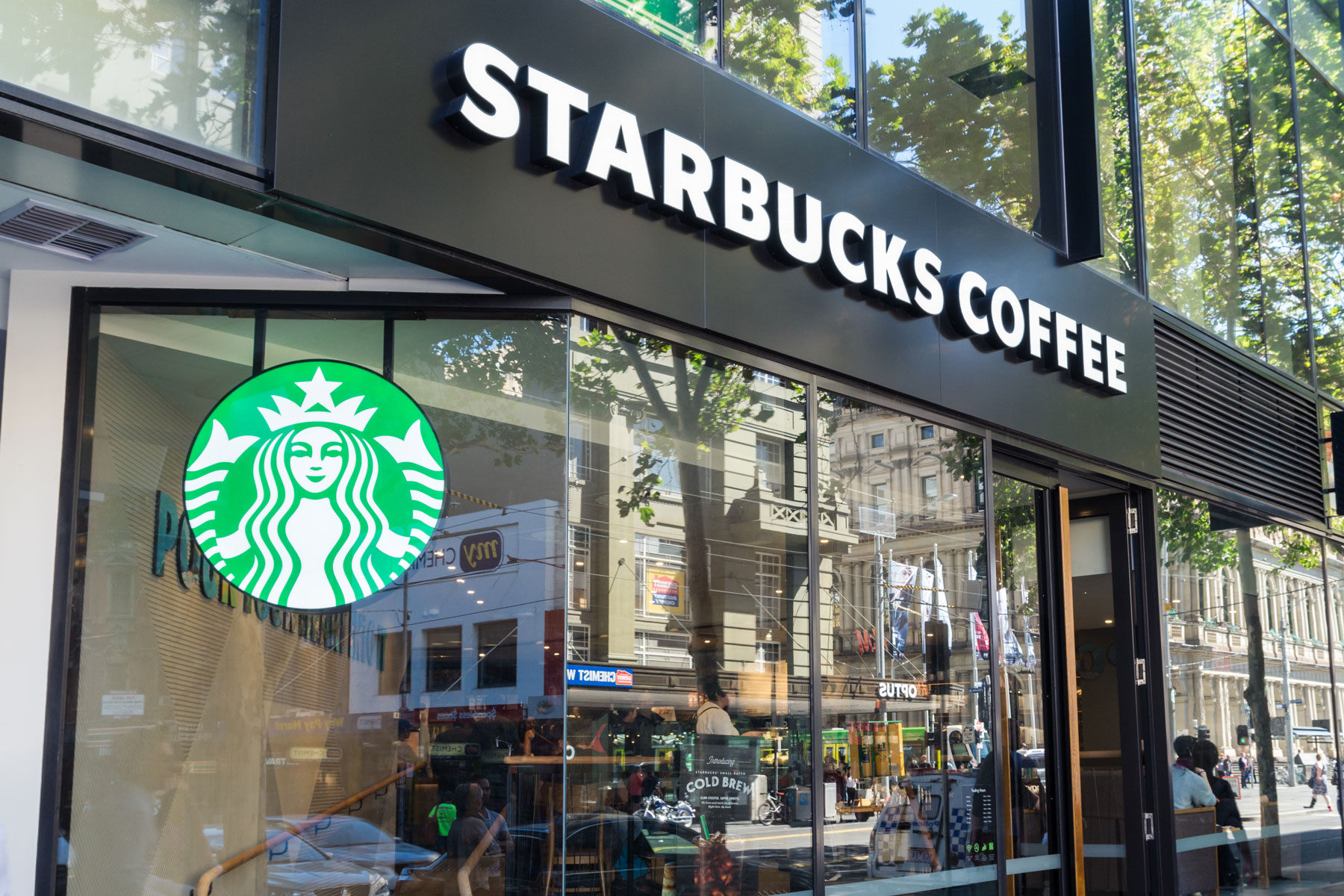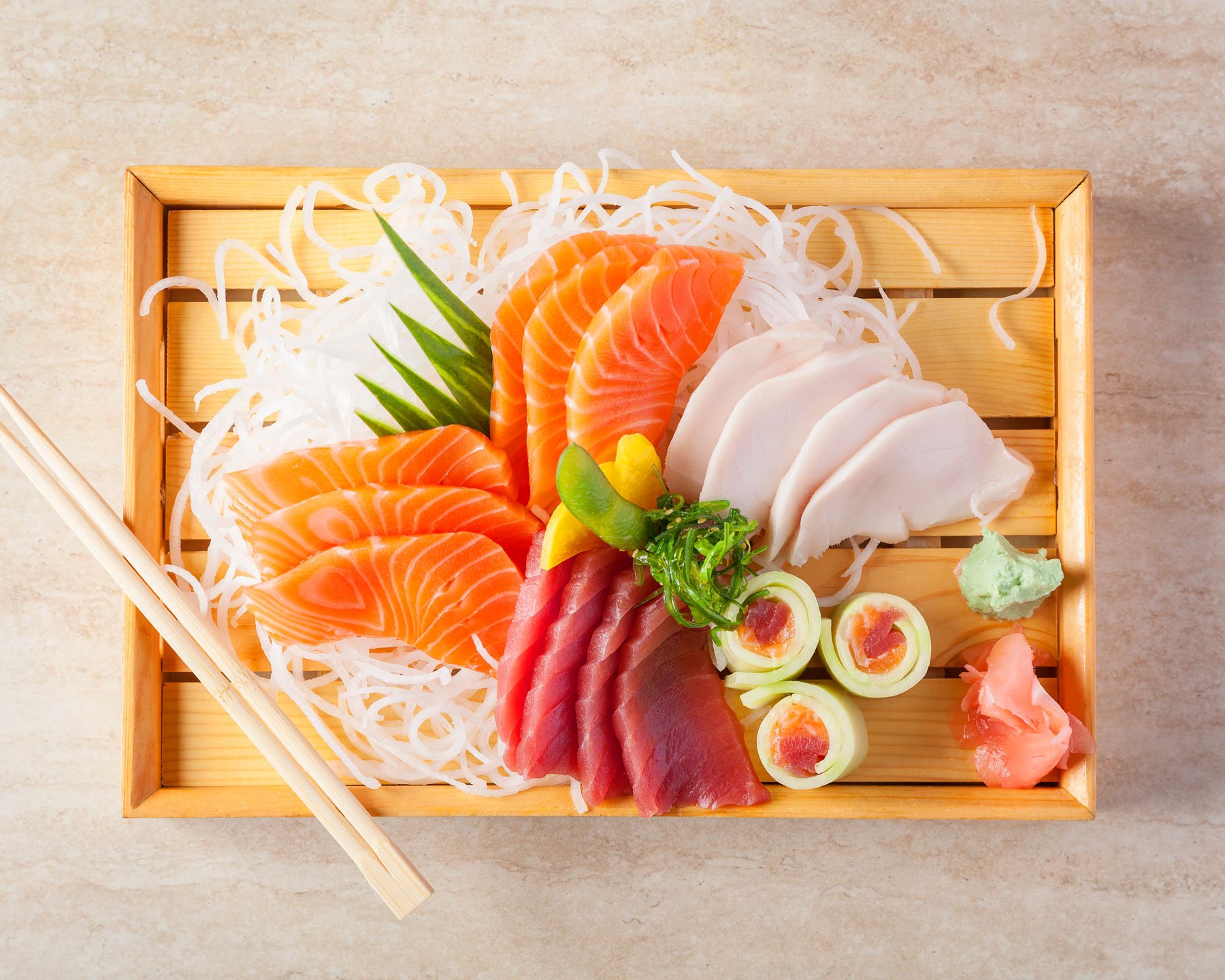Italian restaurants are known for glucose-spiking foods like pasta, pizza, and bottomless breadsticks. Given as much, people concerned about metabolic health may understandably think joining friends for this class of cuisine is off-limits entirely.
But in addition to all those carbs, many Italian restaurants serve fresh vegetables and grilled proteins seasoned with flavorful herbs. Opting for these and other nutritious menu items allows you to enjoy la dolce vita (the good life) while maintaining stable blood sugar.
The Metabolic Challenge at Italian Restaurants
Authentic Italian cuisine ranges by region, from grilled fish dishes in the South to meat-based ragus in the North. But in the United States, Italian restaurant menus tend to feature mounds of pasta and bread, which can dramatically elevate blood sugar due to high concentrations of refined flour.
In creating refined flour, the milling process strips the grain of its core layer, the germ, and its fiber-rich outer layer, the bran. Since fiber typically slows the release of glucose into the bloodstream, foods made with refined flour—like bread, pizza, and pasta—tend to trigger a steep rise in blood sugar, followed by a crash. This blood sugar dip can make you feel hungry—explaining why, instead of filling you up, breadsticks often just make you want more breadsticks.
Of course, bread and pasta aren’t the only carb-dense items at Italian restaurants. Risotto and arancini (rice balls) contain white rice, and gnocchi has both potatoes and white flour. Additionally, Italian soups often come with a hearty serving of pasta, lentils, or beans. And other dishes, such as chicken Milanese, eggplant parmesan, and calamari, typically have a dense coating of flour or breadcrumbs. On top of that, they’re usually fried in refined vegetable or seed oil, which have linoleic acid—an omega-6 fatty acid that some researchers link to insulin resistance and obesity.
Moreover, sugar often lurks in an Italian menu staple: tomato sauce. At Olive Garden, for example, one serving of marinara dipping sauce contains 9.5 grams of sugar; and a serving of their meat sauce contains 13 grams. Even sauces that aren’t tomato-based (e.g., pesto or Alfredo) may contain added sugar.
Fortunately, American chain Italian cuisine isn’t all bread baskets and sugary sauces. Most menus include at least a few options that won’t compromise your metabolic health.
7 Steps to a Better Italian Order
1. Start with a salad instead of bread.
With a single breadstick containing 25 grams of carbs, an unlimited supply can add up to a blood sugar disaster. Ask your server to hold the bread before it arrives at your table. For a better start to your meal, order a salad with a low-sugar dressing and no croutons.
High in fiber, a salad can help you eat less and feel satisfied. One study found that women who had salad as a first course to a pasta lunch ate 11 percent fewer calories compared to the same meal without a salad.
2. Choose antipasto over fried apps
At Olive Garden, a serving of the fried shrimp fritto misto packs in 101 grams of carbs. Similarly, the crispy zucchini fritte at Maggiano’s Little Italy serves up 115 grams of carbs.
In addition to anything fried, be wary of the meatballs and stuffed mushrooms, which are usually made with processed breadcrumbs. As an alternative, order warm olives or an antipasto plate (though hold the antipasto bread and crackers). Or try a Caprese salad, which consists of fresh mozzarella, tomatoes, and basil, topped with olive oil.
3. Choose a veggie-based soup.
While hearty Italian soups are often rich in fiber and micronutrients, they might also contain pasta and other grains (i.e., refined carbohydrates). To keep your blood sugar stable, opt for a veggie- or bean-filled soup without those toppers. For example, some restaurants offer a Tuscan-style soup with beans, kale, and chicken or sausage.
4. Ask about pasta alternatives.
Some Italian restaurants offer low-carb noodle alternatives, such as zucchini noodles, allowing you to enjoy healthier versions of pasta classics. As you explore these alternatives, note that “gluten-free” doesn’t necessarily mean “low-carb.” For example, Olive Garden’s gluten-free rotini, made from brown rice flour, contains 77 grams of carbs, compared to 67 grams in the restaurant’s plain spaghetti.
5. Save the spaghetti for last.
If you order a traditional pasta dish, try to couple it with vegetables, protein, and fat (e.g., order shrimp scampi and a side of broccoli drizzled with olive oil). It may also help to eat your pasta after consuming those other elements. In one study, people with Type 2 diabetes who ate protein and veggies before carbs lowered their post-meal glucose (area under the curve) by 73 percent compared to those who consumed carbs first.
6. Zero in on grilled meats and seafood.
Unless you follow a vegetarian diet, focus on the meat and seafood selections. Salmon, chicken, and steak are all high in protein, which helps promote steady blood sugar levels. When ordering these entrees, swap the pasta side for a non-starchy vegetable, such as broccoli, spinach, or asparagus.
7. Pare down your portions.
Research shows that the typical Italian restaurant meal runs large, averaging almost 1,500 calories. To avoid overeating, order a side portion or ask your server to box up half of your dish before it’s served.
3 Smart Italian Orders
When browsing the menu, prioritize protein and vegetables. That usually means choosing from meat and seafood entrees, as well as some soups and salads. Steer clear of anything fried, breaded, or made with refined flour (like bread and pasta).
If you’re at Olive Garden…
…order the herb-grilled salmon with parmesan garlic broccoli. Salmon is high in omega-3 fats, which protect cells against inflammation, and broccoli has tons of fiber, which can aid digestion and improve insulin sensitivity.
If you’re at Maggiano’s Little Italy…
…order an Italian tossed salad with a side of chicken, salmon, or shrimp and a cup of minestrone. For the salad—which has romaine lettuce, red onions, olives, and pepperoncini—hold the croutons and ask for a drizzle of olive oil instead of the vinaigrette.
If you’re at Carrabba’s Italian Grill…
…order the Tuscan-grilled chicken or filet and select sautéed spinach for your side. With the meat, you’ll get a substantial serving of protein; and spinach contains a number of micronutrients that support metabolic health, including vitamin K, vitamin A, folate, and iron.








